
Are you planning to can this summer for the first time, or are you an experienced canner in need of inspiration to find modern ways of doing old-fashioned things?
Either way, you are in the right place at the right time, because canning is making a comeback, and it’s not just for homesteaders.
Canning is for everyone interested in preserving their bounty.
There are several reasons why canning is gaining in popularity once again. And you may fall into one, or all of them at the same time.
Top Reasons for Canning and Preserving Food at Home
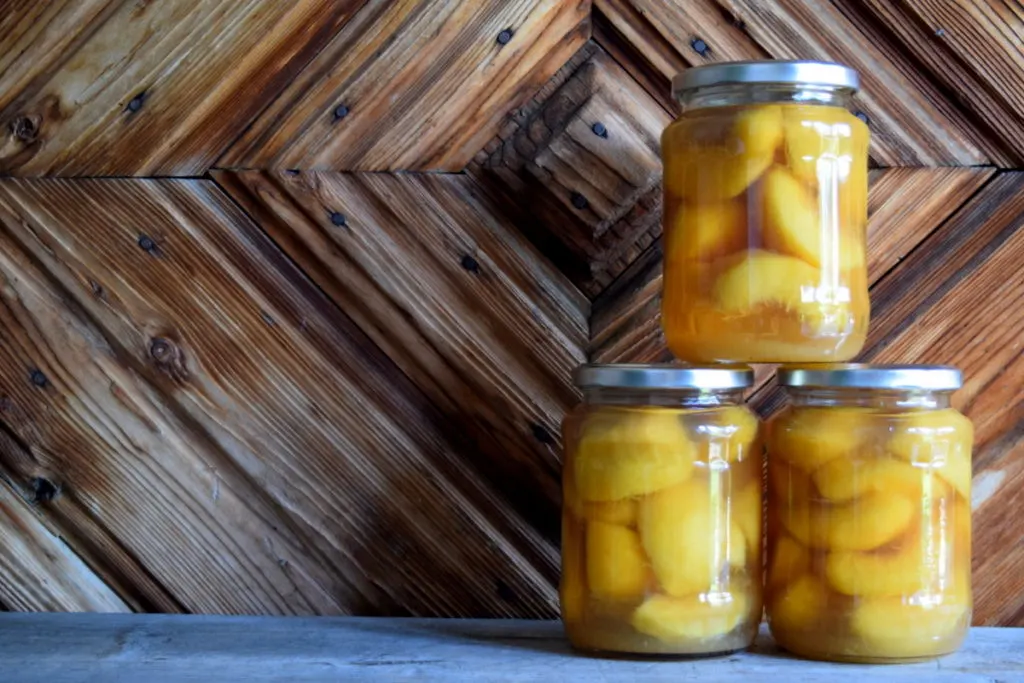
1. Saving money.
While some canned goods may seem cheap at the store, the quality is often lacking. Take into consideration that you can also take the liberty to preserve heirloom veggies, and you’ll always come out on top.
2. Ingredients and preservatives.
Or lack of them. When you preserve your own food, you are in control of how much salt, sugar and chemicals go into each jar. Seriously, if you care about what you eat, then canning at home is increasingly becoming the healthiest way to go.
3. Using glass jars over aluminum cans.
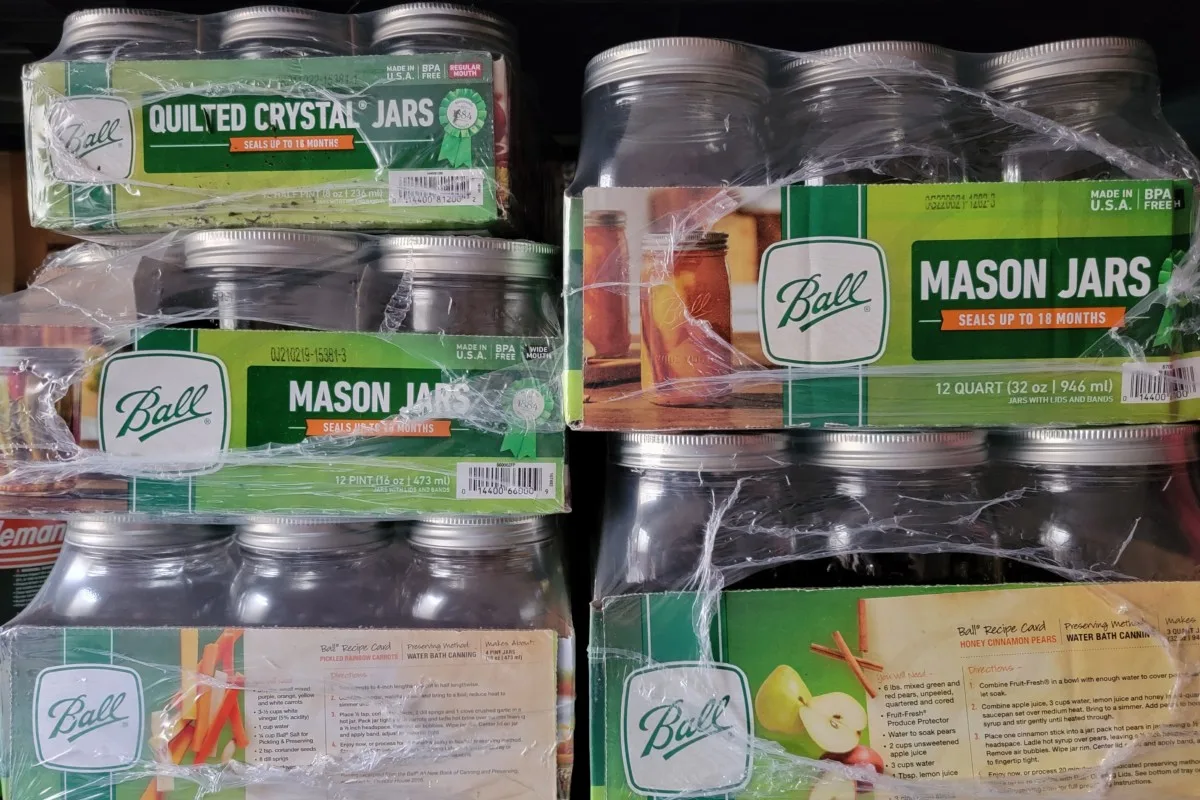
From an environmental perspective, reusing jars is always benefiting the Earth. Sure, there is a one-time fee for purchasing them, but they can withstand several rounds (seasons) of being put to work. On occasion, you will need to replace the lids. You’ll also prevent loads of plastic food packaging from piling up when you buy in bulk – in boxes, baskets or reusable bags.
4. Easy is as easy does.
Our great-grandparents knew not to stress over the little stuff. They also learned from a young age that preserving food for winter was essential. Truth be told, it’s much easier than you think, and you don’t need a lot to get started. A large cooking pot, lids, jars and bands are all that you need, Ball can help you with the rest.
5. Canning is an act of self-reliance and self-sufficiency.
The future is always uncertain; recent events have certainly brought this to light. One way forward to producing a reassuring sense of food security is to gather the skills to grow your own food – and to preserve it too. Here are 44 more skills to learn as you gain more insight into a self-reliant lifestyle.
Harvest Fresh and Can the Same Day
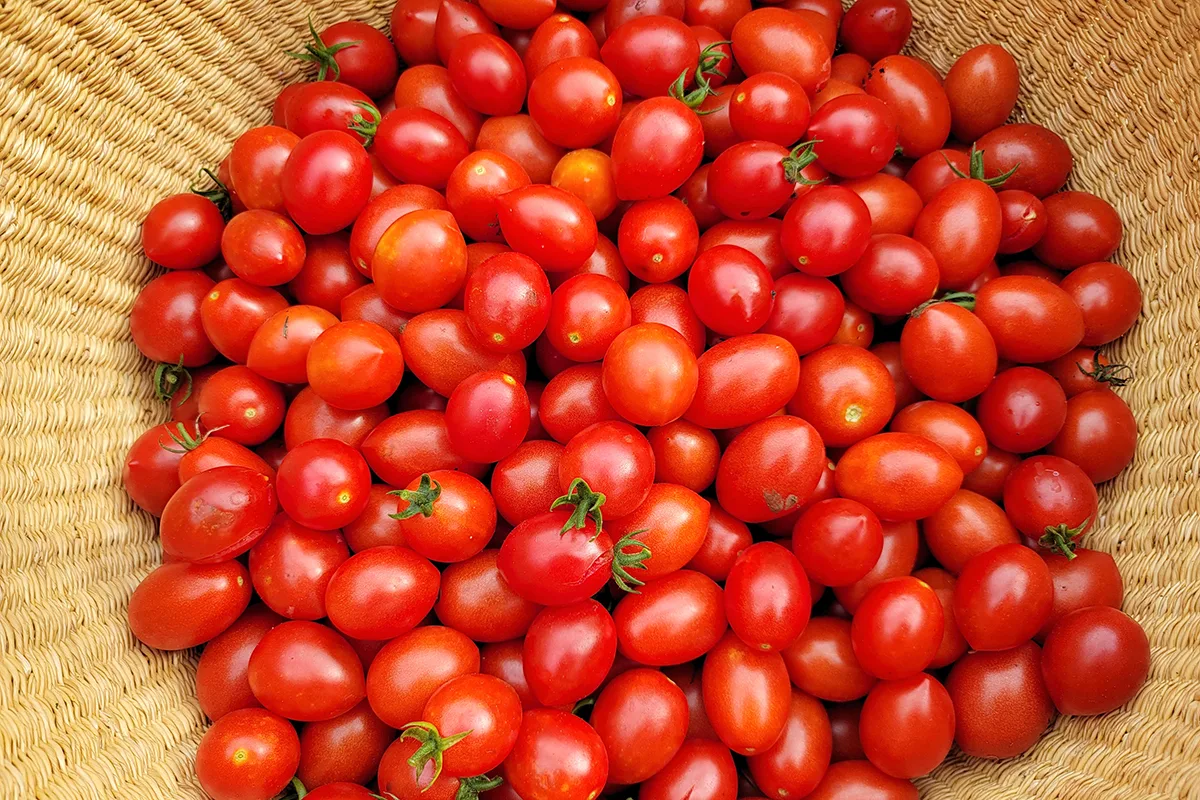
As opposed to most ideas of gardening, where succession planting is key to eating fresh vegetables all throughout the summer, canning gardens are more apt to provide you with a bulk of ingredients all at once.
Both are wonderful in their own ways.
One thing is for sure, to have the most success in canning, you are going to have to preserve fruits and veggies that are harvested fresh.
Avoid using overripe produce, or any with blemishes. Always save those for eating fresh, in an effort not to contaminate the pot and ruin your jarred harvest.
Mark the potential harvest time(s) on a calendar, so you can plan time for canning. It often takes longer than you expect, for example, to peel, core and chop 200 apples. With experience, you will become a better judge of food preparation time.
Related reading: Canning 101 – A Beginners Guide To Get Started Canning & Preserving Food
Finding and Making Space
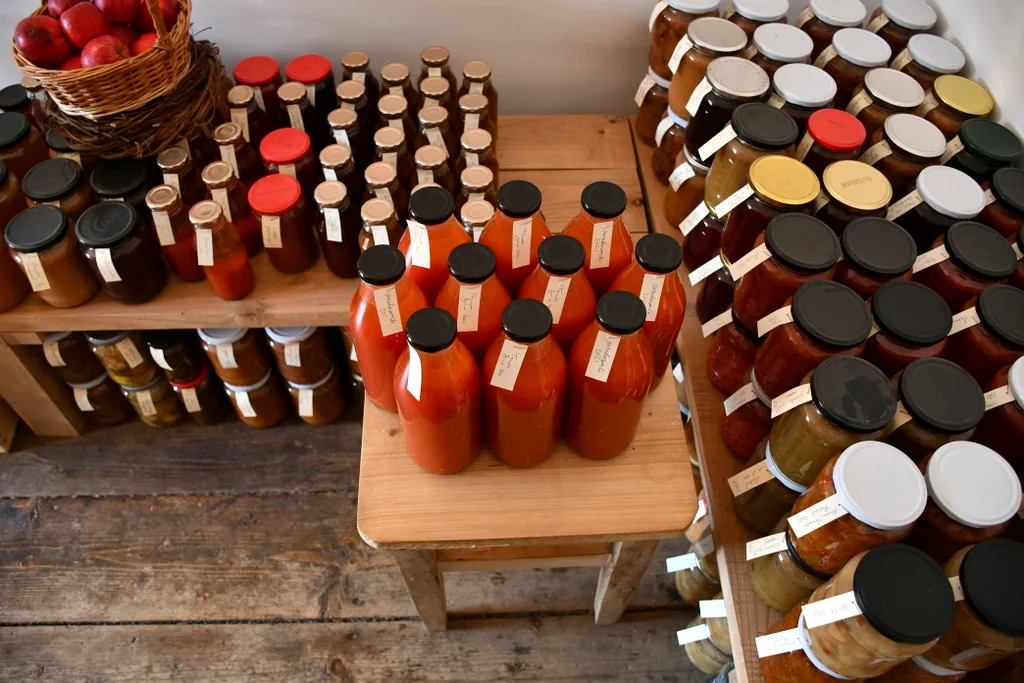
Before canning season starts, it’s always good to clear your preparation and storage spaces.
Cabinets, drawers, shelf space, etc. Declutter and remove anything that is no longer of use and pass it on to someone who may find value in such. If anything is broken, dispose of it responsibly.
You’ll also want to make sure that you have plenty of counter and table space for processing all those fresh veggies. For filling the jars, and giving them space to cool.
How much space you need depends on how much you are canning at once.
Even if your kitchen feels small, don’t let that limitation prevent you from having a great canning experience. Most times, when we are processing fruit for jams, we’re working outside on the porch, with a selection of large and small bowls.
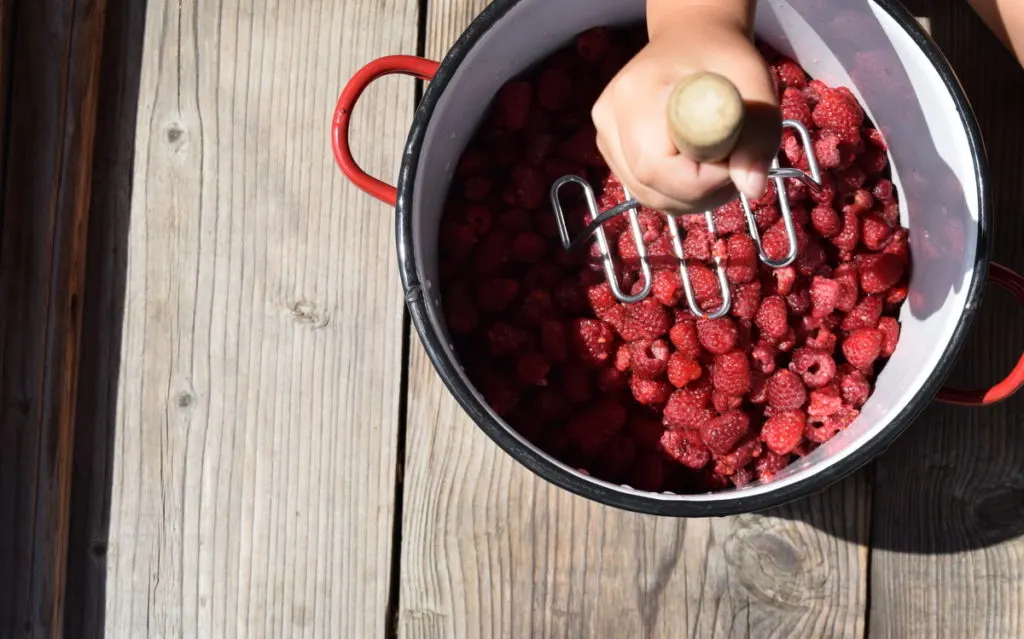
Cleaning the fridge and freezer may also be on your list of tasks to get your kitchen “canning-ready”.
Early in the growing season, if you are using a pressure canner to preserve food, be sure to check that the gaskets are in good working order. Have your pressure gauge tested at your nearest agriculture extension office. This way, if you need to replace anything, you aren’t doing so when you’ve got a bushel of tomatoes ready to go in your kitchen.
The same goes for your vacuum sealer, dehydrator, and all manner of tools below.
Tools and Equipment for Canning
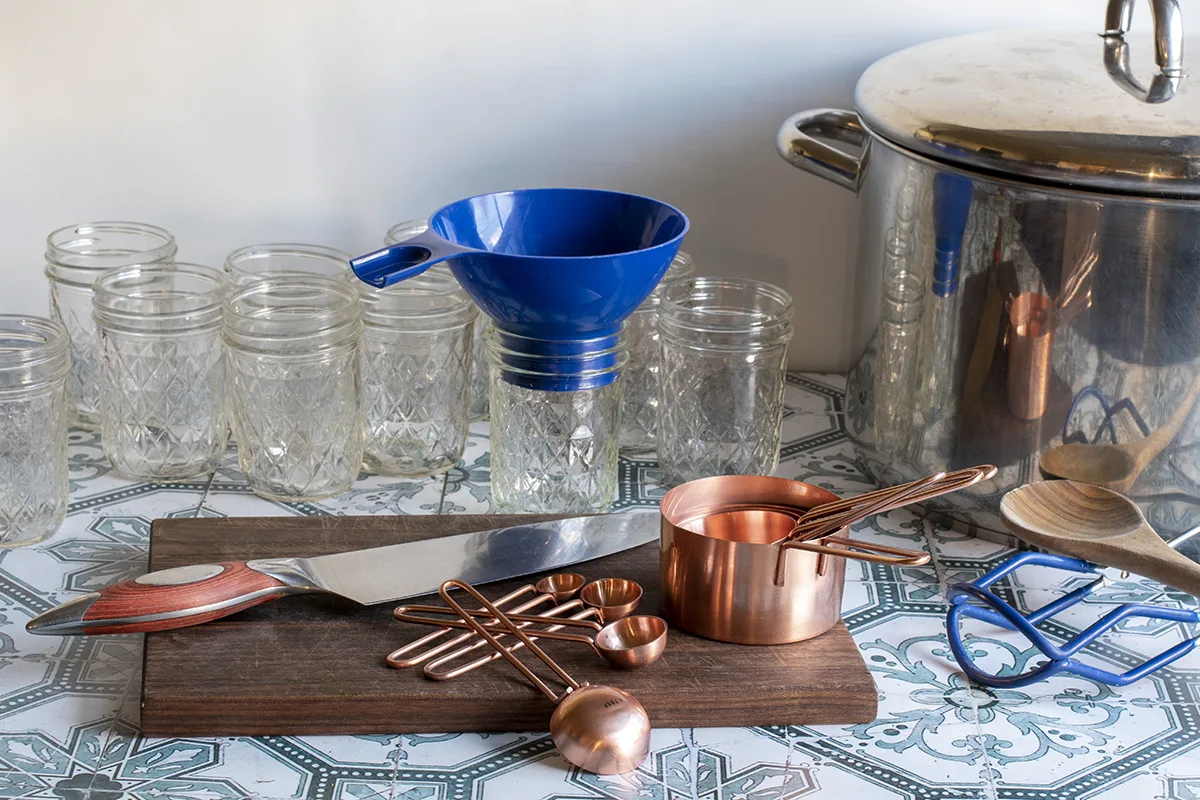
Now, that you have envisioned space for all your canning equipment, it’s time to see if that space is enough in reality.
As previously mentioned, it doesn’t take much to get started with canning; certainly not everything on this list.
With each season, you may feel the need to invest more in your food preservation endeavors, especially if you wish to diversify what you make. More money, more time, more fruits and veggies, more jars and more tools to achieve the results you desire. (It is a slightly addictive skill.)
Start small and grow a little each season, finding out how much (of everything) you need.
Water bath canner, pressure canner or extra-large pot
If you aren’t ready to invest in a water bath canner, an extra-large pot can serve you for several seasons. In the bottom, you will need to put several metal lids or a wire rack, along with a kitchen towel to cover them, to prevent the jars from touching the hot bottom. You can also find silicone trivets that work.
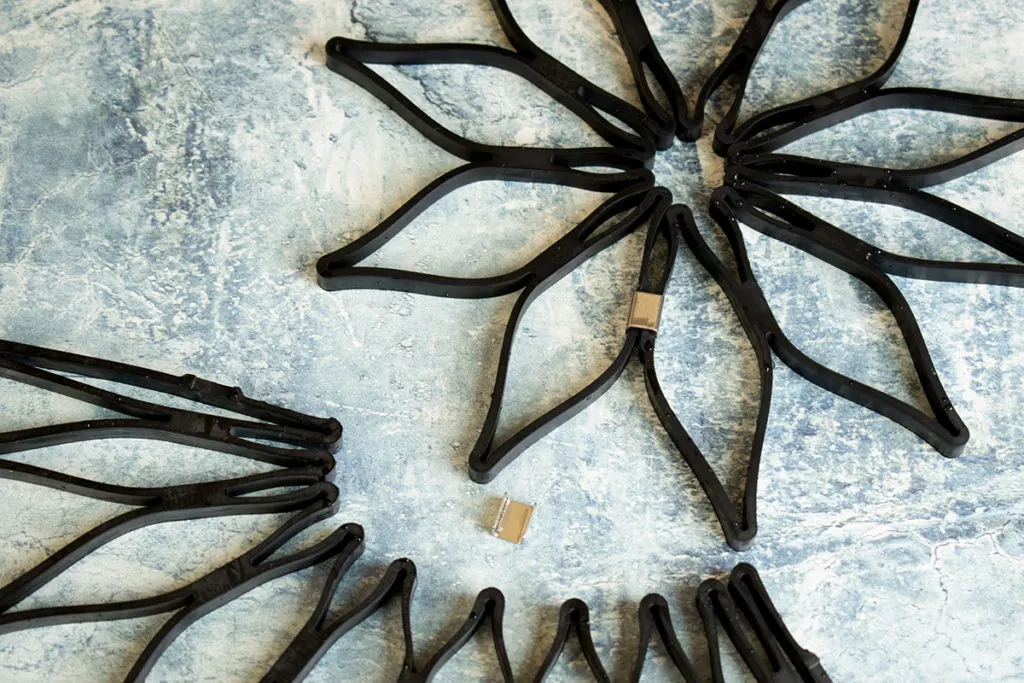
Given the choice, if you’re going to be canning a hundred jars this season, a water bath canner is definitely a must.
Water bath canning is perfect for preserving high-acid foods and those that have acid added to them. This includes:
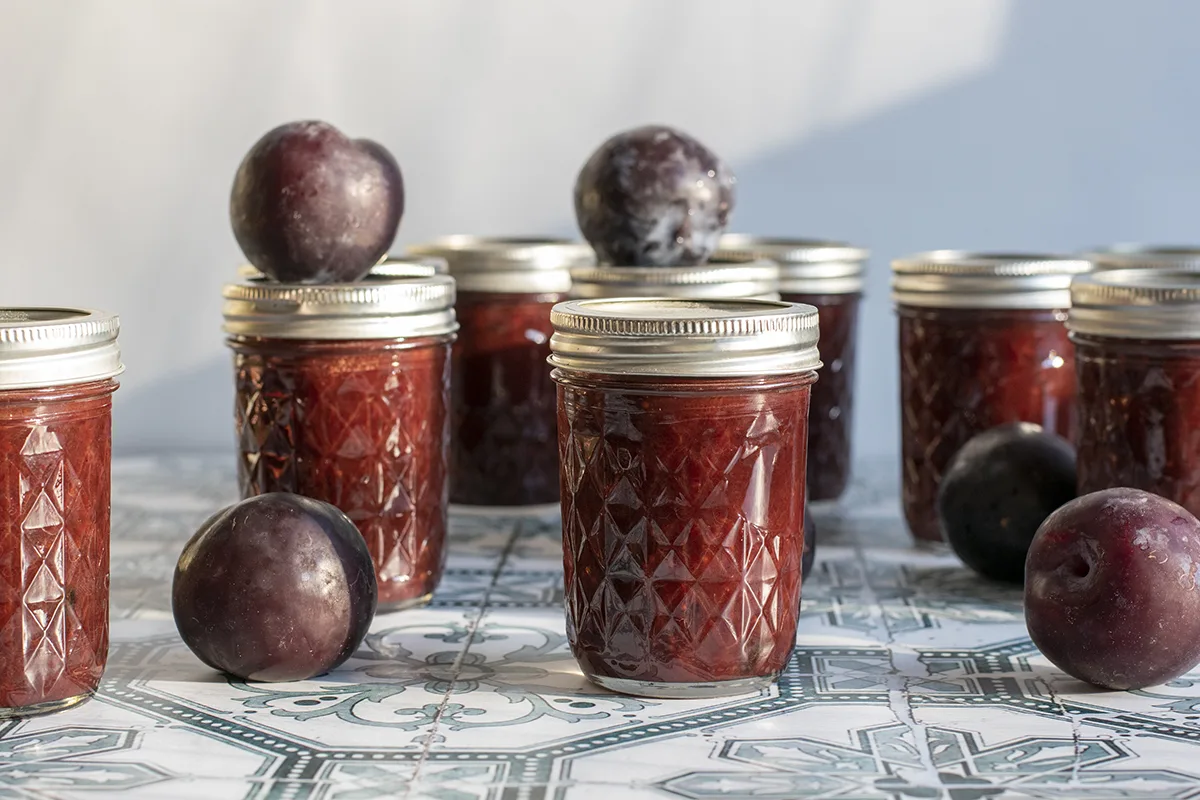
- jams and jellies
- pie fillings
- tomatoes
- salsas
- chutneys
- pickles
- relishes
- vinegars
- condiments
On the other hand, a stainless steel pressure canner is the only way to go for preserving low-acid foods, such as:
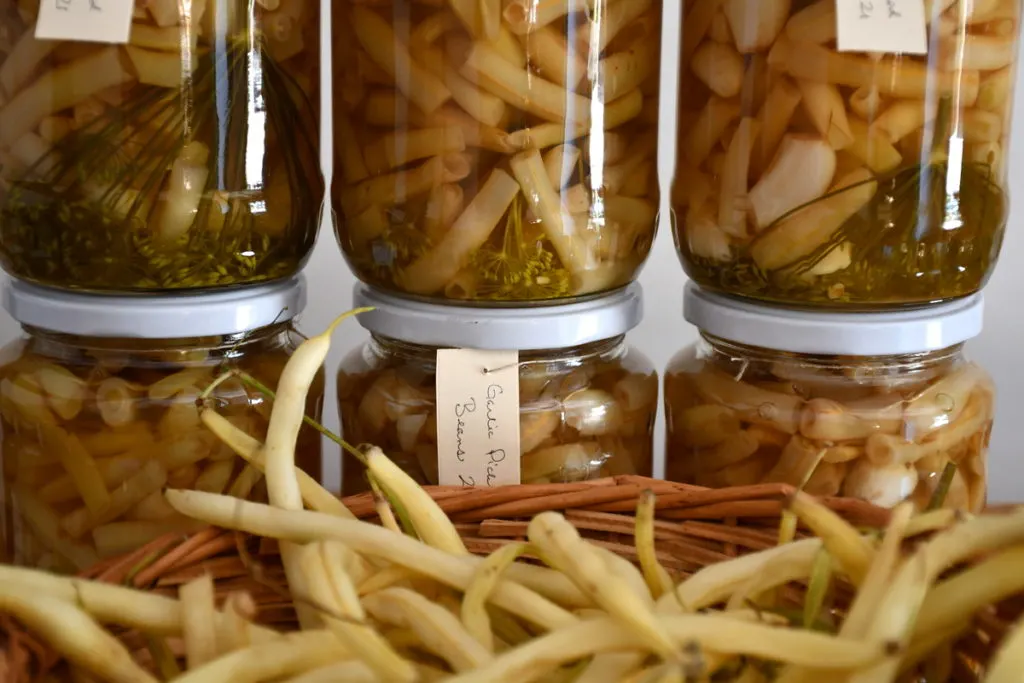
- vegetables (corn, beans, winter squash and more)
- meats
- chili
- seafood
Our editor, Tracey, swears by her All American pressure canner. No silly gaskets to mess with ever again and your grandkids will be able to can with this thing.
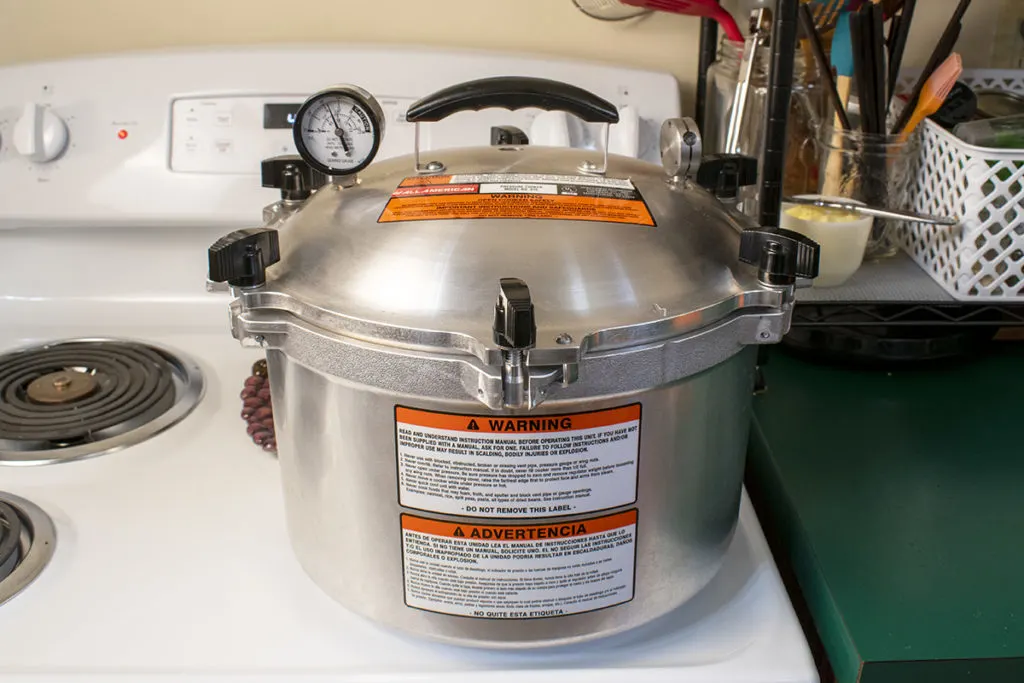
Whatever method you decide to go with, choose it based on the types of food you will be processing the most.
Jars and lids
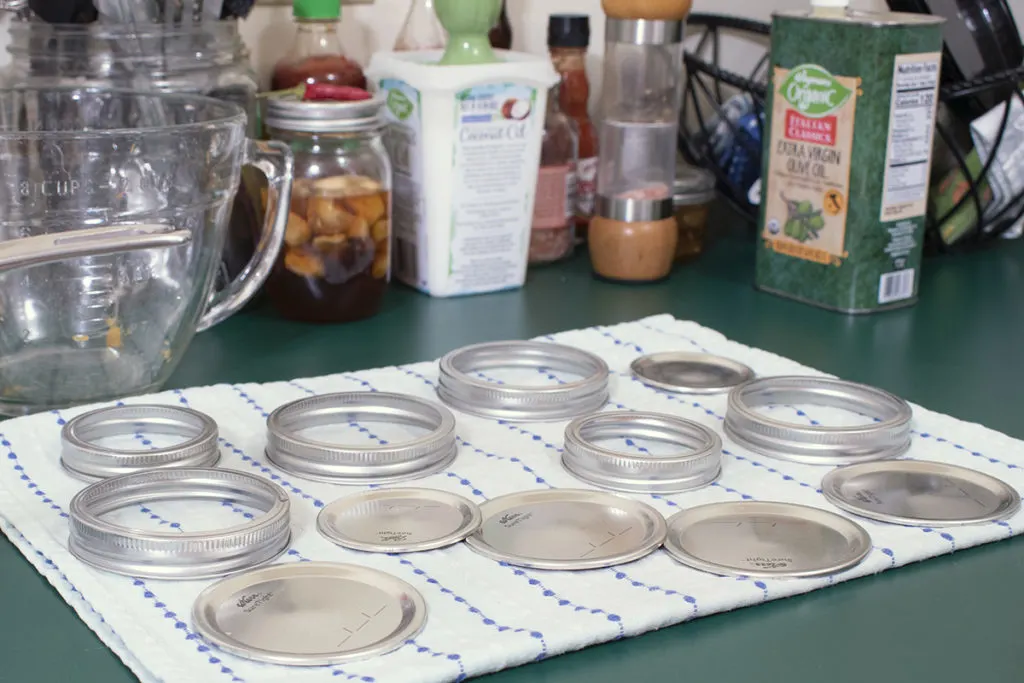
An important aspect of canning is the jars which are to be filled with homemade goodness.
They come in all sizes; some are heavily branded, others more decorative. In essence, the style and size of jars you choose comes down to personal preference.
If you are canning for a multi-person family, obviously, you are going to be packing as much jam as humanly possible into larger jars. If you happily live alone, it makes much more sense to can in smaller jars. In this way, the contents can be finished without them going off.
Of course, even with a large family, you may choose to use smaller jars as they can be used up quickly before going bad.
Size is just one aspect of searching for the perfect canning jars, and it can take a few seasons to really dial in what your needs and preferences are.
The kind of lids that go on them is quite another.
Just be sure to buy the right size and have plenty on hand.
The time to buy jars is before you need them. Jar shortages become more common each year when canning season is in full swing.
More lids than jars is a goal to shoot for, as they will have to be replaced on occasion.
8 oz. canning jars are great for condiments, jams and jellies.
16 oz. canning jars are perfect for pickles, family-sized fruit compotes and pie fillings.
We have an entire guide on great places to find jars. (And the one place you should never purchase jars.)
Cooking pots
Chances are good, that you already have all the cooking pots you need for canning. Just be sure to clean them with extra attention before adding your ingredients.
Stainless steel pots and enamel pots are both great choices for cooking jams and chutneys.
Mixing bowls
Again, you already have these in your kitchen cabinets, but do you have enough in the right sizes?
The more people that are helping to can, the more bowls you will need. For example, if you are having a canning party, ask others to bring bowls from their homes, perhaps in exchange for a jarful of the end product. It makes for a learning, zero-waste experience, where everyone benefits.
Stainless steel bowls are the best, due to them being lightweight and easy to wash. Glass or ceramic bowls are good, though heavier. Plastic should be something that you are gradually phasing out of your kitchen, in favor of sustainable alternatives.
Stirring spoons and slotted spoons
If you are going to be using wooden spoons like Grandma used to, be sure to have a dedicated one for canning fruits. After all, you don’t want your plum jam with a hint of spaghetti sauce.
It’s not too much to ask to have dedicated canning spoons. Go ahead and splurge here.
Be sure to have enough and of the right kinds. At least one slotted spoon, a few stirring spoons, and a couple more for variety’s sake and good measure.
We like to use a stainless steel spoon when making pickles, or anything with a high vinegar content.
Measuring cups
Outside the realm of baking, a set of measuring cups belongs in every kitchen, because they are useful in measuring ingredients for canning too.
Prepare your measuring spoons at the same time for the work ahead (measuring spices in your apple chutney, for instance).
Funnels
One often overlooked item needed for canning is a wide-mouth jar funnel or set of funnels for canning fruit juices and other liquids.
It makes filling the jars so much easier than just using a ladle and a guiding spoon. Though, if a ladle is all you have, don’t let that stop you! Where there is a will, there is a way. You can get what you need into those jars, and develop your fine motor skills along the way.
Chopsticks
One thing you need to watch out for when canning is air bubbles.
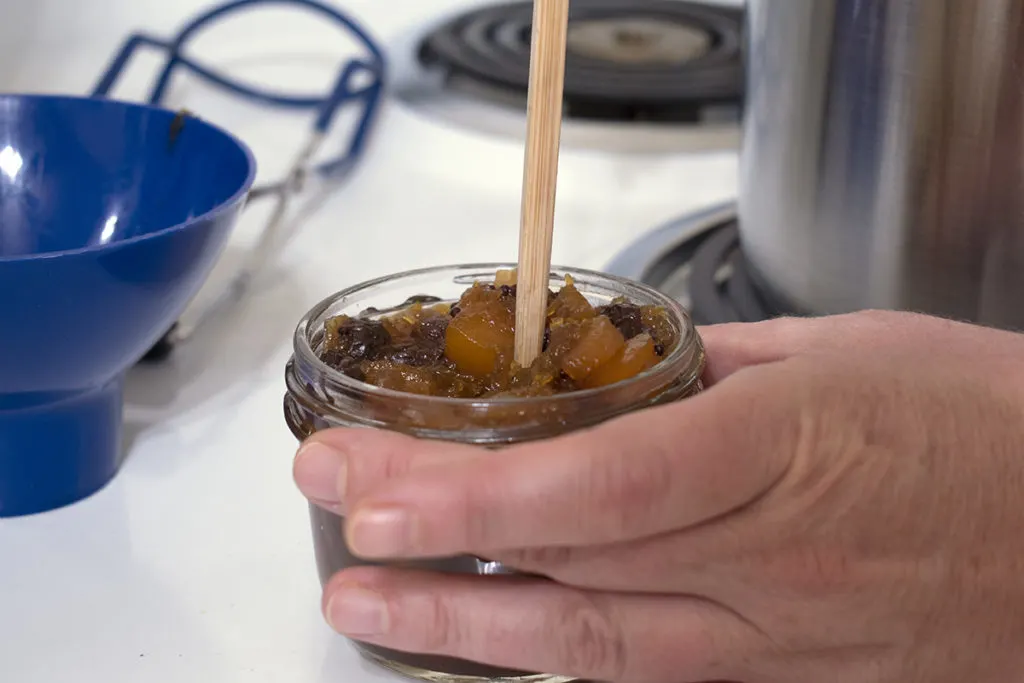
Air can get trapped between the food as it’s placed inside the jar, preventing the lid from sealing or leading to a discoloration of the preserves inside. A way to get some of the bubbles out is to tap, or burp, the jar from the bottom. Using chopsticks is another.
It isn’t essential to get them all out but try to leave as few as possible for the best results.
Jar lifter
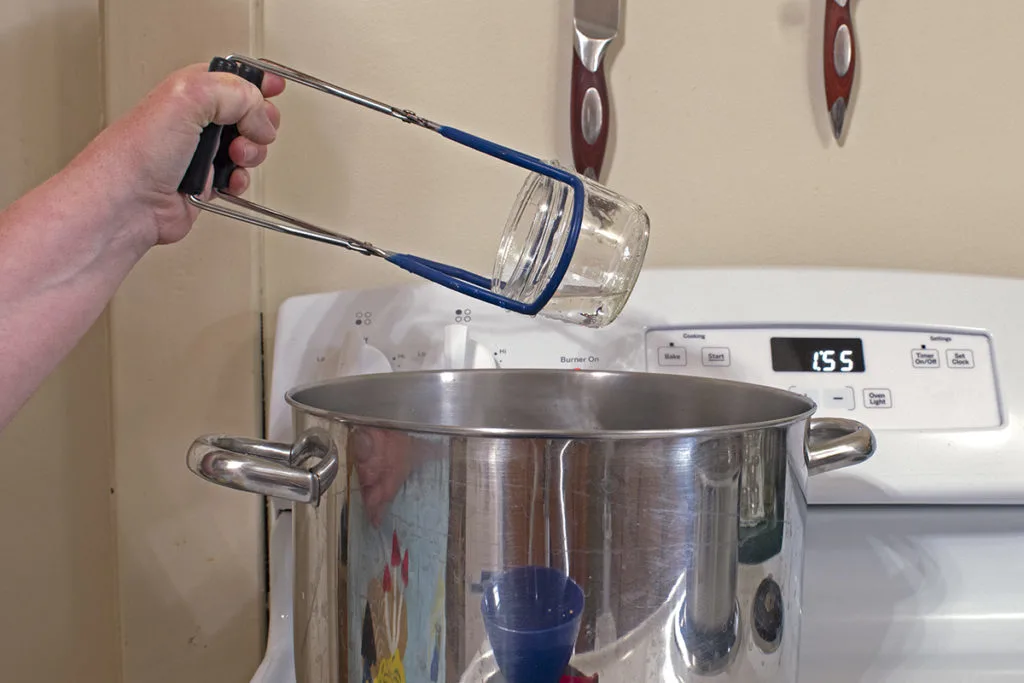
With a water bath canner or pressure canner, you will inevitably need a jar lifter.
This helps to prevent any steam, or boiling water-related accidents that can happen when you are in a hurry. Better safe than sorry!
Kitchen towels
Never underestimate the mess that a simmering pot of jam can make. Apples get the most upset, especially when your sauce begins to really thicken. Just as you are ready to start stirring again, boom. Splatters all around.
Not only do you need to restore your kitchen back to its original condition at the end of a long canning day, but cotton kitchen towels are also useful for placing the jars on as they cool.
Or, as we do in the village, wrap up the jars in warming towels and blankets in a box or basket, as they gradually come to room temperature after an entire day or two.
Either way, to move the ready-filled hot jars around, a soft cloth towel serves perfectly well.
Knives
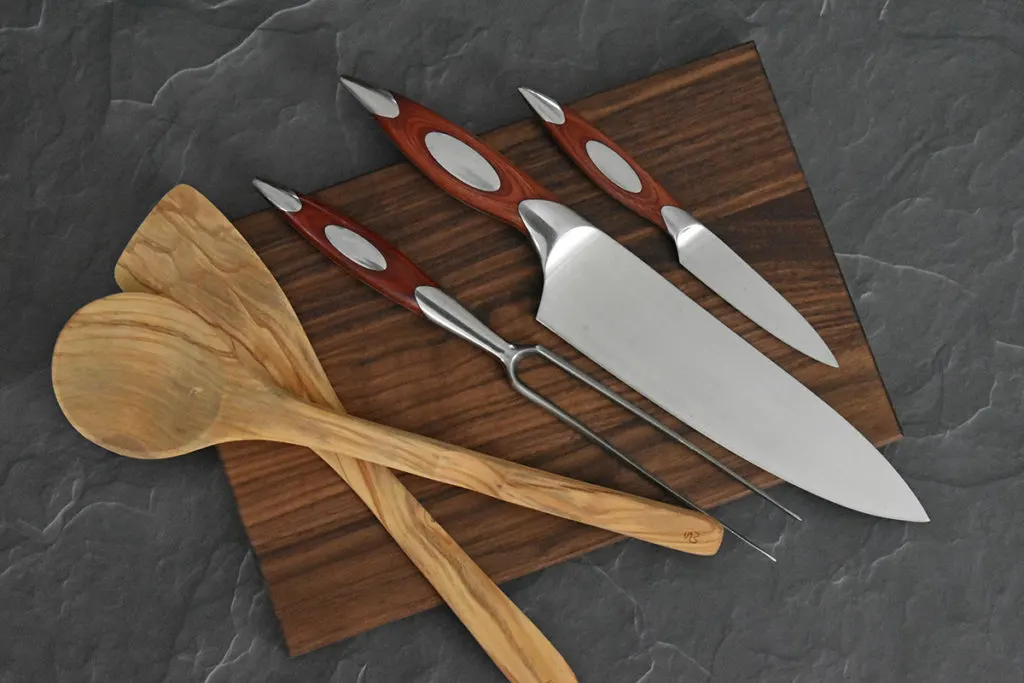
One more group of items to not take for granted is a set of knives perfect for the laborious job of preparing fruits and vegetables for canning.
Paring knives work wonders when dealing with softer fruits. When working with quinces, you may need a bit more power and a longer blade.
Most of all, be sure they are sharp. There is no excuse for a dull knife.
Even more canning tools…
What will I be canning this summer?
That is the question to ask yourself before investing in more specialized canning equipment.
Also, ask yourself, would I be likely to use these canning tools again?
If the answer is no, consider borrowing before buying. If you have home-canning friends who could lend you an item, be grateful. Sometimes you may find a useful tool second-hand.
Say, the plan is to can a lot of tomatoes. But instead of chunky spaghetti sauces, you also want some seedless ketchup and seedless tomato sauce.
What you really need to help you achieve those seedless tomato options, is a stainless steel food mill or a manual food strainer and sauce maker.
Dehydrating supplies
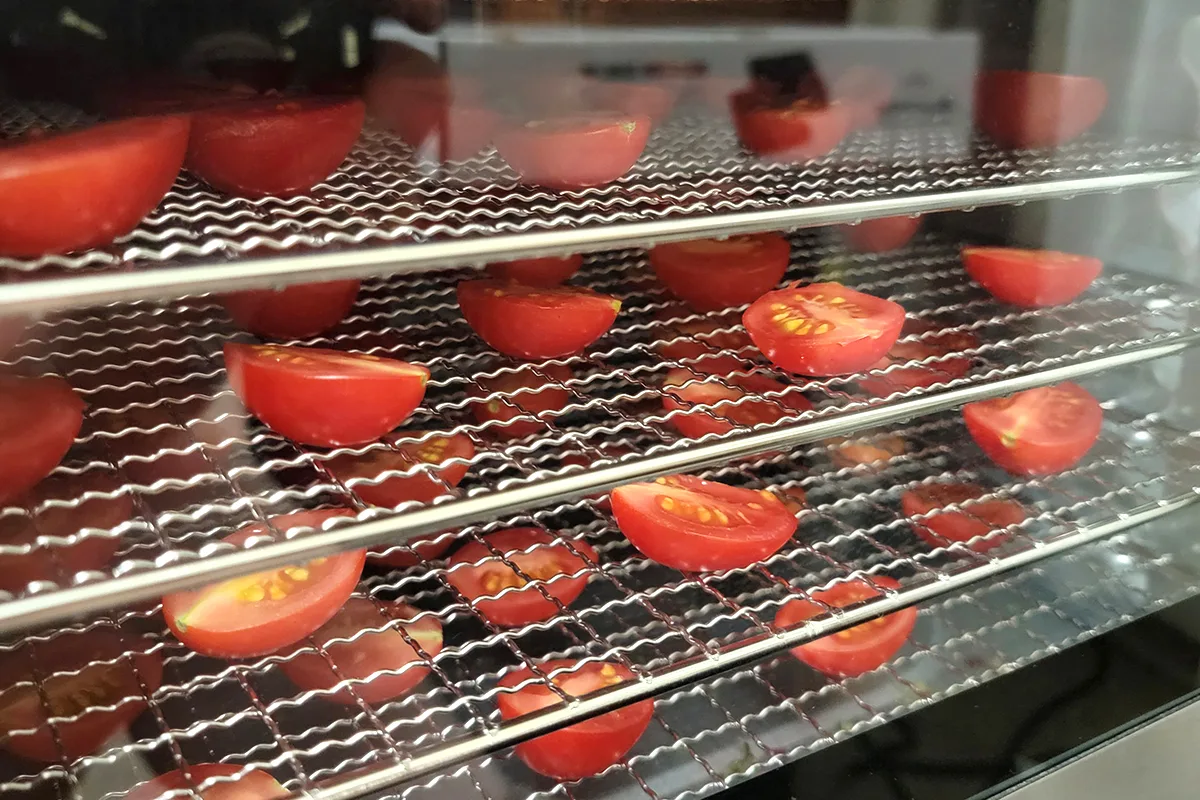
If you start to run out of pantry space for all those jars of jams, chutneys, salsa and pickles, or simply want to have a diverse amount of saved food that can be opened and eaten as needed, dehydrating is another uncomplicated way of preserving to explore.
Depending on the amount of fruits, vegetables and meats you wish to preserve, you can use either your oven or a dehydrator. If you live in a sunny and hot climate, solar drying may be the way to go.
If you have kids at home and they are interested in making homemade fruit leathers, a dehydrator is definitely worth the investment.
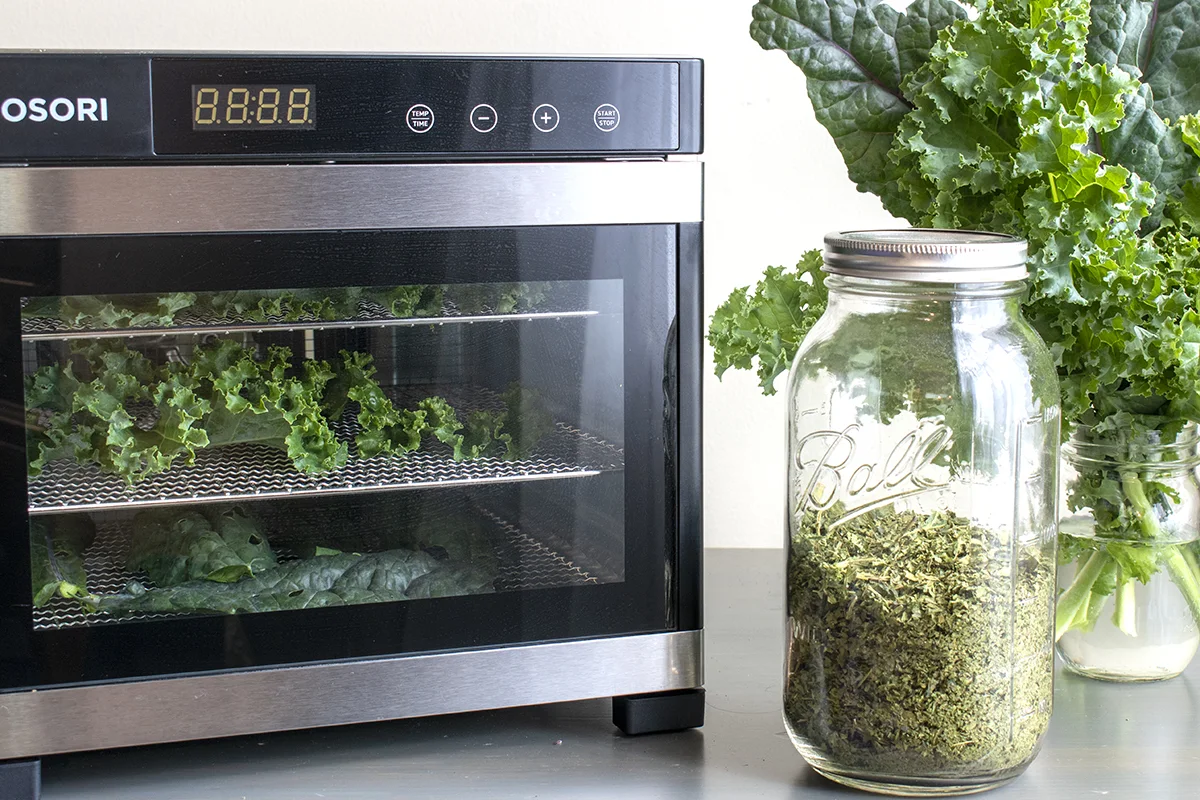
With stainless steel in mind, you might want to check out this COSORI food dehydrator with easy to clean stainless steel trays. This is another tool our editor swears by after her first food dehydrator melted on her.
When Freezing is an Option
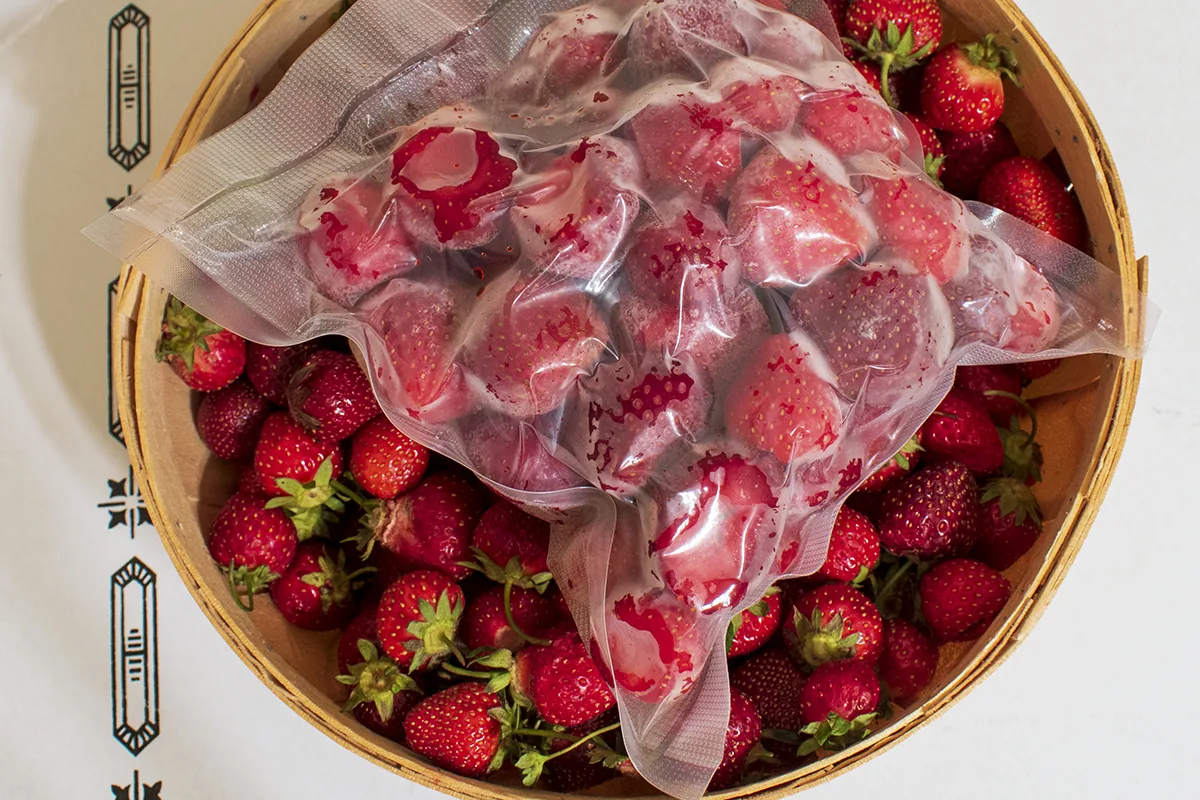
While we don’t have a freezer at home, we know that most people do. In many cases, it is a good, quick way to preserve vegetables that are trickier to process, such as sweet corn, carrots, broccoli, cauliflower and winter greens.
If you have space in your freezer at the beginning of the canning season, be sure to make a quick list of other things you will need:
- storage containers (freezer bags or glass jars)
- baking sheet (for freezing berries and other veggies in a single layer)
- colander and strainer (for blanching and draining)
- a way to label your frozen goods
It can also be said that freezing is an almost instant way to preserve an overabundance of your garden crop – leaving you with more time to can what works better in jars.
Freezing is also a great way to retain garden-fresh flavor and nutrients.
We’ve got some great tutorials for freezing your bounty:
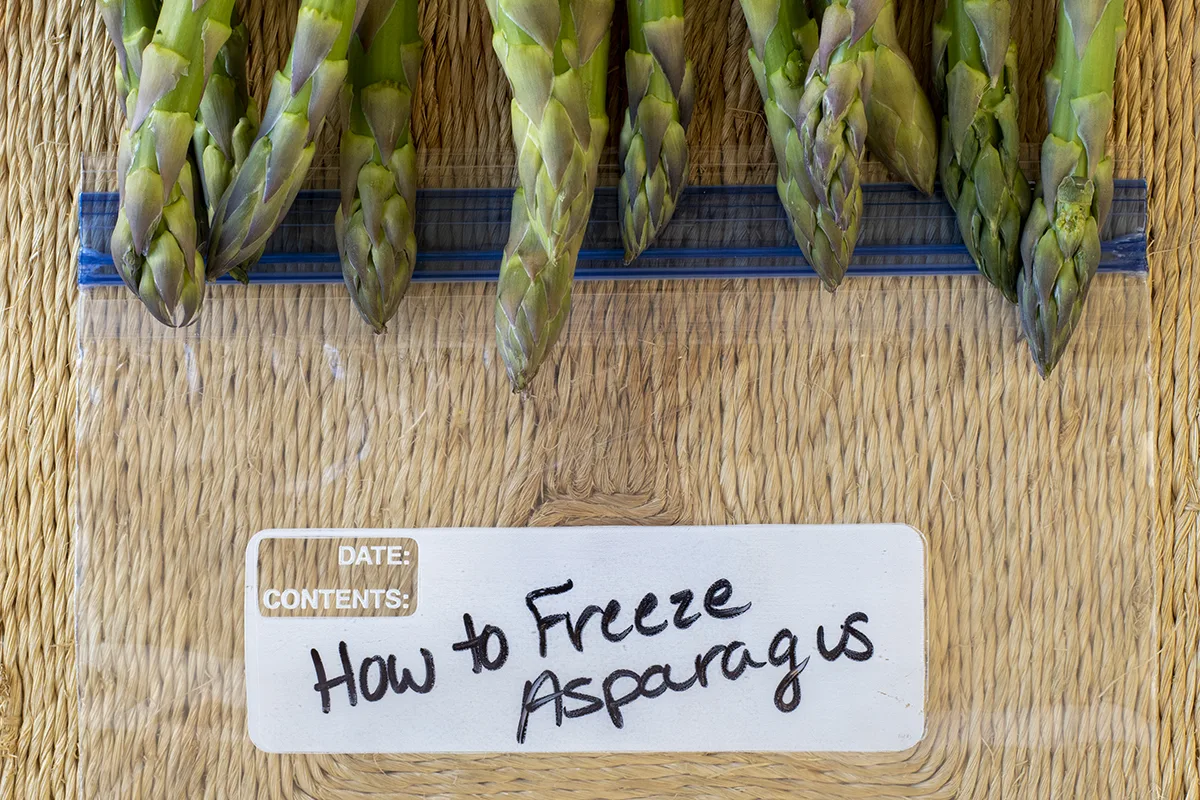
- Basil
- Zucchini
- Mushrooms
- Butternut squash
- Blueberries
- Potatoes (yes, potatoes)
- Strawberries
- Asparagus
- Onions
- Plus 20 foods you probably didn’t know you could freeze
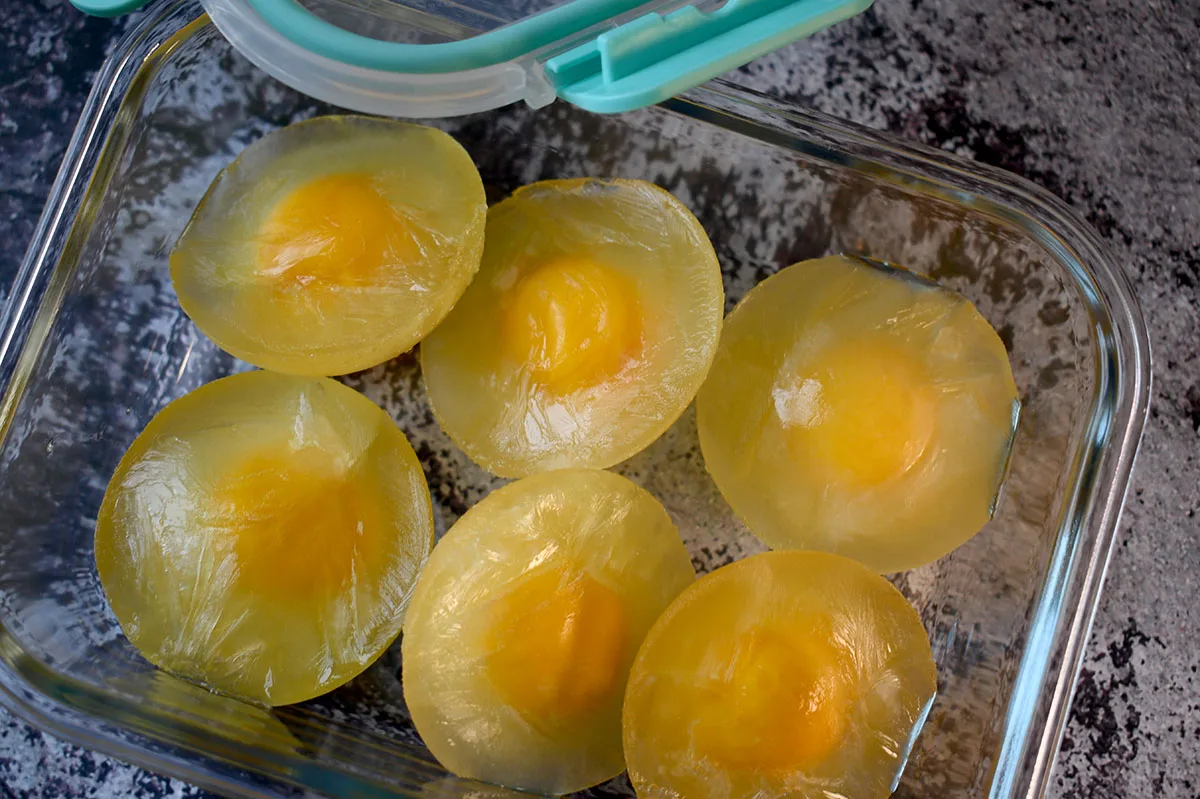
Canning Recipes
If you will be canning and preserving fruits and vegetables from your own garden, then you will already have a clear idea about the best recipes to collect.
However, if you are going to be shopping at a farmers market or store to supplement the growing amount of jars in your pantry, you may be able to branch out and try more diverse recipes with fruits and vegetables you don’t or can’t grow yourself.
If you wish to make 7 quarts of canned tomatoes, you’ll need about 21 pounds of fresh fruit. Shopping at a market is a great way to supplement your own garden crop, particularly when preserving items such as salsa, which take several ingredients. Ingredients which may, or may not be ready to harvest all at the same time.
You might also plan for canning month-by-month.
Here is what you can expect to can throughout the year.
Where to find canning recipes?
Outside of searching for the best canning recipes online, there are other ways to find what you need.
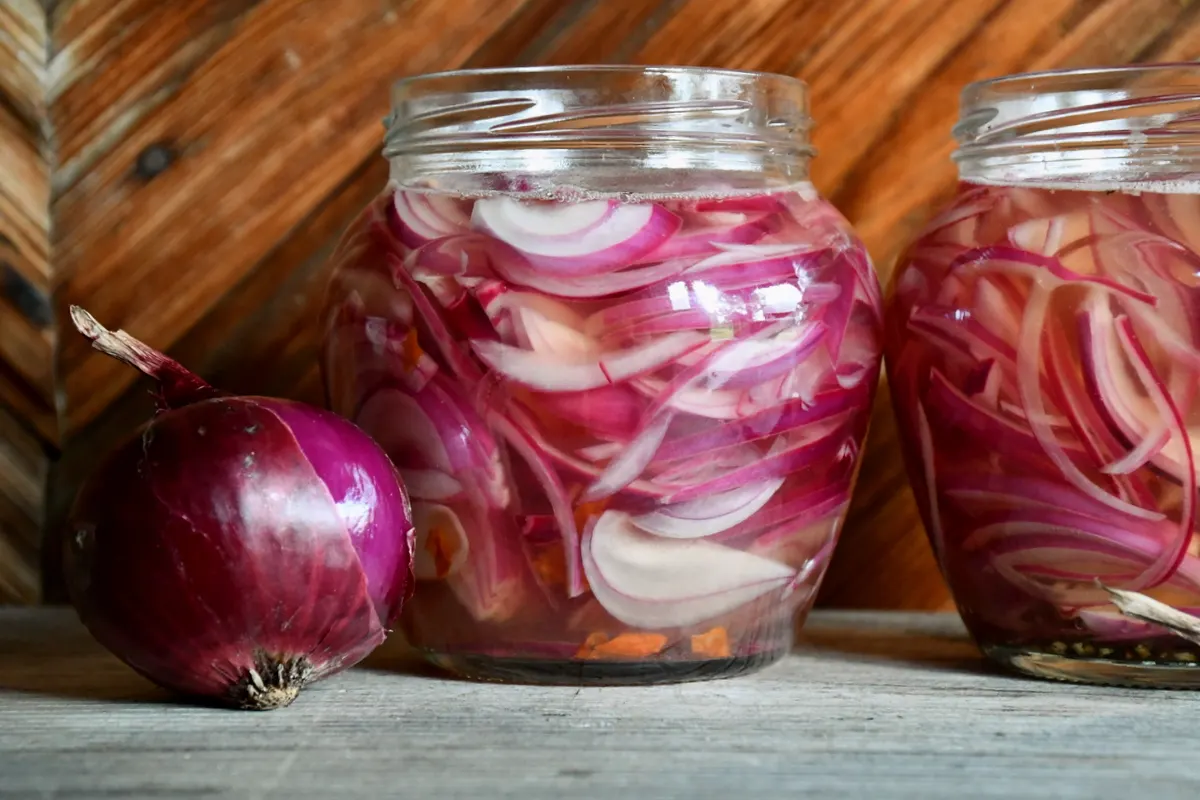
Join some online canning groups. Get involved, ask questions and share your canning experiences.
Take a canning/cooking class.
Or simply, read a book – and try a new canning recipe each season.
These books are wonderful resources for beginners and experienced canners alike – with the added benefit of having the recipe right in front of you, in non-digital form:
Ball Complete Book of Home Preserving by Judi Kingry
Canning and Preserving for Beginners: The Essential Canning Recipes and Canning Supplies Guide by Rockridge Press
The Complete Guide to Pressure Canning: Everything You Need to Know to Can Meats, Vegetables, Meals in a Jar, and More by Diane Devereaux
Last thoughts on preparing for a successful canning season
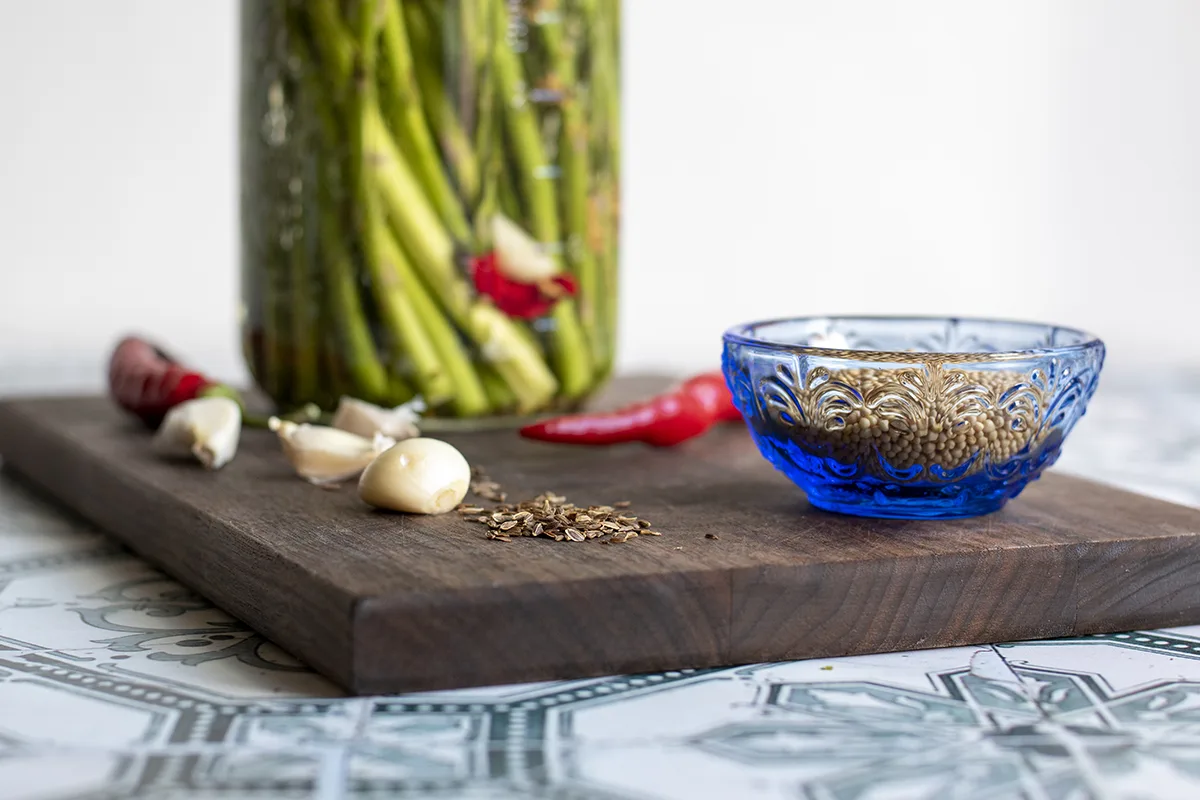
When it all boils down to it, you need a plan to prepare for the canning season.
Without it, you may feel the rush to cut corners, run out of time and let your produce go to waste, or worse yet, make some mistakes that cost you both time and money. And time is something we could all use more of! Especially when canning season comes around.
Once you get your preparation areas, tools and canning recipes organized, you’ll be off to a terrific head start.
So what will it be?
Applesauce, pickles, strawberry jam or cherry chutney?
Take your pick, and can as many jars as time (and your pantry!) will allow.

Get the famous Rural Sprout newsletter delivered to your inbox.
Including Sunday musings from our editor, Tracey, as well as “What’s Up Wednesday” our roundup of what’s in season and new article updates and alerts.

